After a first question referring to resistor symbols, I'm back with this old Marantz PM-68 class AB amplifier and I will refer to components using their ID that can be found in the service manual.
When a friend gave me this amp, it was partially working. The sound wasn't bad, but random very loud explosion noises came out of the speakers every few minutes.
It eventually stopped working and I want to repair it. I changed all the main board's capacitors because some of the old ones were leaking. Some fuse resistors (3295-3298) were also blown out (maybe because of spikes when the explosion noises occurred), so I changed them too.
The left channel is now working great, I checked it by injecting sine waves on the input, and the output sines look beautiful! The power lines (+56V and -56V) are stable for both channels.
The problem is the right channel. After hours of debugging with my scope and multimeter, I'm left clueless. There is serious clipping on the bottom half of the sine wave. The bottom of the sine doesn't even exist! I checked all the resistors, diodes, solders (i found a few solders which had dried and were broken, so I fixed them). One of the transistors used for the bottom part of the sine doesn't feel as hot as the others when I touch it after a few minutes, and it's barely warm (7266). When I desolder it and use the one from the left channel, the same problem occurs, so it's not the transistor.
When I check the signal by putting my two scope probes on each side of the 2268 capacitor, I get very nice sine waves when the speaker is disconnected. But as soon as I plug in the speaker, the bottom half of the sine gets clipped.
What would you check in that situation? Can you think of something I could've missed?
Here is the difference between left (yellow) and right (blue) channels at ~33% volume:
Here is the difference between left (yellow) and right (blue) channels at ~10% volume:
Here is the signal I get on both sides of 2268 when no speaker is plugged in (my input is 283Hz):
Here is the one I get on both sides of 2268 when I connect a speaker to the right channel:
Here is the warm transistor (7266). I tried switching it with 7265 to no avail:
Here is the schematic of the right channel:
Here is a close-up view with the measured values under a small load (<10% volume potentiometer):
I tried to swap transistors 7258 and 7260. I also replaced resistor 3274 and diode 6256 with brand new ones.
This is the signal at the base of transistor 7264:
